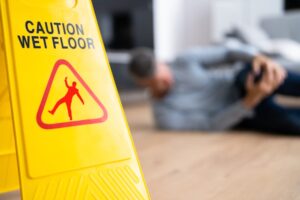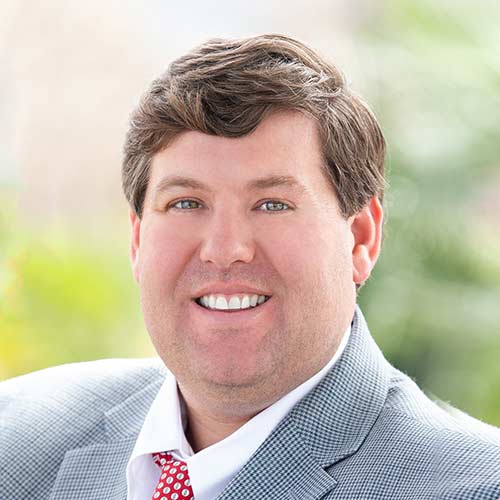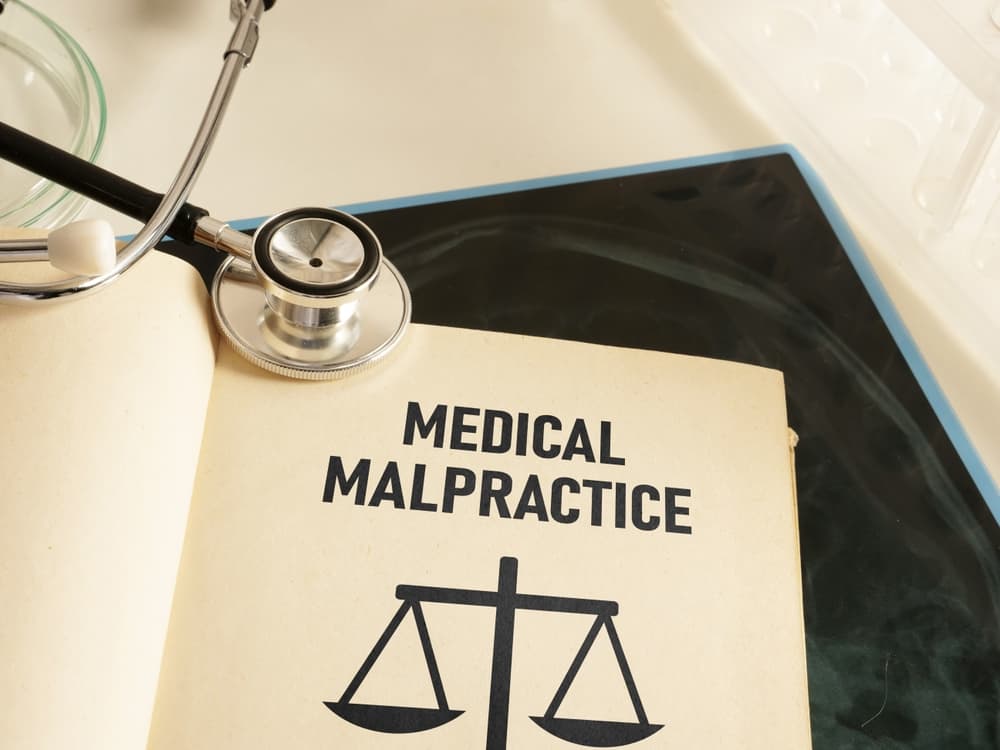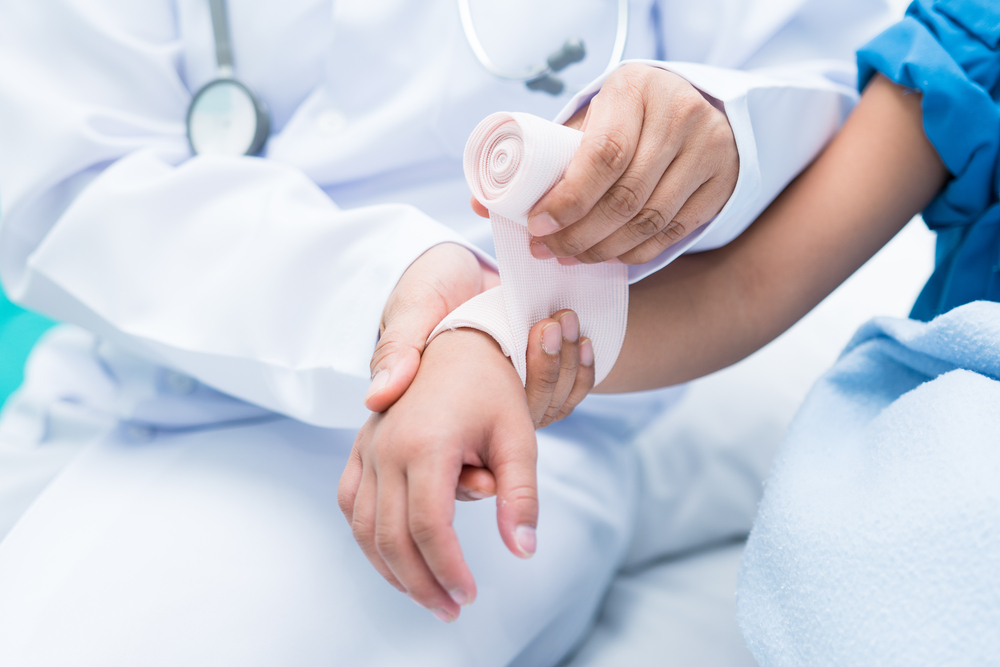If you recently suffered an injury in a preventable slip and fall on someone else’s property, you probably have many questions. Who is at fault for the unsafe conditions that caused the accident? How will you hold them responsible?
Here’s what you need to know about liability in slip and fall accident cases, and how a slip and fall lawyer can help you recover the compensation you deserve.
What Constitutes a Slip and Fall Accident?

A slip and fall accident occurs when an individual slips, trips, or falls as a direct result of a dangerous or hazardous condition on someone else’s property. Such accidents can happen either indoors or outdoors and can result from factors like wet floors, uneven surfaces, poorly lit stairwells, or icy walkways.
These accidents do not exclusively involve slipping. Even a trip over an obstacle or a stumble because of a hole or gap in the ground can qualify. The key element that differentiates a regular fall from a slip and fall incident is the existence of an unsafe condition on someone’s property that directly causes the injury.
A property owner’s or manager’s failure to address the hazardous condition often forms the crux of legal claims arising from these accidents.
What Is the Duty of Care in a Premises Liability Case?
In a premises liability case, such as a slip and fall case, the “duty of care” is the legal responsibility that property owners have to keep visitors reasonably safe. This responsibility applies to those in possession of a property, such as renters or leaseholders, in addition to owners.
This duty of care demands that owners or occupiers maintain their properties in reasonably safe conditions so that no dangerous or hazardous conditions exist that could harm visitors.
In most states, the extent of this duty varies based on the relationship between the property owner and the visitor.
The law recognizes three categories of visitors:
- Invitees: These are individuals with explicit or implicit invitations to enter a property for the property owner’s benefit, such as customers in a store. Property owners owe the highest duty of care to invitees. With respect to invitees, owners must actively inspect for and remedy unknown hazards on their properties and correct or warn about known dangers as necessary.
- Licensees: These are people who enter properties with permission but for their own purposes, such as social guests or door-to-door salespeople. Property owners must ensure licensees are safe from known hazards on the premises but aren’t usually responsible for identifying and remedying unknown dangers on their behalf.
- Trespassers: These are individuals who enter properties without permission. Property owners have a lesser duty of care toward trespassers but still can’t willfully harm them. Many jurisdictions also recognize exceptions for child trespassers, for whom a higher duty of care might apply. For instance, a property owner could be liable if a child suffers harm on their premises due to an enticing and dangerous feature, like an unsecured swimming pool.
To claim compensation from a property owner in a slip and fall case, an injury victim must demonstrate that a breach of their duty of care caused the injury. In other words, they must show that the property owner knew or should have known about a hazardous condition and failed to take reasonable steps to address it.
What Are Common Causes of Slip and Fall Accidents?
Slips, trips, and falls are among the most common types of injury accidents. While these accidents can occur in numerous situations, several causes stand out as particularly prevalent.
Here are some of the most frequent contributing factors among slip and fall accidents:
- Wet or Slippery Surfaces: Spills, fresh mopping or waxing, and water accumulation during rainy or snowy days can make surfaces treacherously slick, increasing the likelihood of slips and falls.
- Uneven Surfaces: Cracks in sidewalks, potholes, irregular flooring, or bumpy carpeting all present tripping hazards.
- Cluttered Floors: Debris, boxes, electrical cords, and other obstructions on walkways can also cause people to trip.
- Inadequate Lighting: Dim hallways, staircases, and parking lots can hide obstacles or changes in walking surfaces, increasing the risk of falls.
- Faulty Stairs: Broken steps, inadequate treads, and missing or loose handrails can result in severe slips, trips, and falls.
- Weather-Related Hazards: Ice, snow, and rain can turn outdoor walkways, steps, and parking lots into slipping hazards, especially if property owners fail to clear or treat them promptly.
- Loose or Unsecured Rugs and Mats: Mats and rugs with worn ends and loose or curling corners can shift underfoot, leading to trips or slips.
- Inadequate Warning Signs: Failing to display warnings about wet floors, construction zones, or other dangers increases the risk of preventable falls.
Who Could Be Liable in a Slip and Fall Accident Case?
If you suffer harm in a slip and fall accident, your first instinct might be to blame the property owner. However, numerous other parties could share responsibility for a slip and fall, depending on the circumstances. Let’s explore the roles and responsibilities of these potentially liable parties in greater depth.
Property Owners
Every property owner has a fundamental responsibility to ensure their premises are safe for visitors. This duty extends beyond just addressing visible issues. It requires a proactive approach to safety.
Property owners are responsible for regularly inspecting their properties for hazards and addressing them promptly. For instance, if a property owner is aware of a broken tile in a hallway and chooses to ignore it, their inaction could cause preventable harm. Failing to take proactive measures can easily render property owners liable for injuries from slip and fall incidents.
Tenants or Leaseholders
Tenants or leaseholders must maintain the safety of their premises for invitees and licensees. A tenant’s accountability may extend to preventing any part of the property they control from becoming a hazard to other occupants or visitors.
For instance, a tenant who is aware of a hazardous condition in their home but fails to warn a guest of that condition could be liable for slip and fall injuries the guest suffers due to the hazard.
Business Operators or Proprietors
Those who run businesses owe a duty of care to their customers and to their employees. Business owners, retailers, shop owners, and other proprietors must ensure that their premises are safe and free from any slipping or tripping hazards.
For instance, a restaurant owner who overlooks a spill or chooses to delay cleaning it might find themselves responsible for any resulting slip and fall injuries. Neglecting regular inspections or failing to adhere to safety guidelines can also leave them subject to liability.
Property Managers or Landlords
Landlords and property managers usually act as the primary overseers of rental properties, and this role comes with its share of responsibilities. Their roles require a proactive approach to safety, ensuring structural integrity for facilities and hazard-free environments for tenants.
If these parties decide to dismiss tenant complaints, fail to address known hazards in a timely fashion, or neglect regular safety inspections, they could face liability for fall injuries.
Homeowners’ or Condominium Associations
These associations must maintain shared or common areas in residential communities. Their responsibilities range from conducting general maintenance and inspections to addressing specific safety concerns.
For example, if a light in a common hallway malfunctions and a homeowner’s association delays its repair, the association could face liability for fall injuries due to inadequate lighting. Similarly, ignoring seasonal issues, like failing to clear icy pathways in winter, can lead to accountability for resulting slip and fall accidents.
Maintenance Companies or Contractors
Firms that specialize in maintenance are often responsible for necessary safety tasks, such as cleaning floors, fixing structural issues, or handling the general upkeep of a property.
And their responsibility doesn’t end with performing maintenance. It extends to preventing the aftermath of that maintenance from causing additional hazards. If these companies or contractors cut corners, use subpar materials, or neglect to post warnings about potential hazards like broken steps, they could become liable.
Government Entities
Public spaces like parks, sidewalks, and government-operated buildings are the responsibilities of various government entities. These government entities must conduct regular maintenance, inspections, and timely repairs on their properties.
For example, if a public sidewalk cracks and the responsible entity doesn’t fix it promptly, they might face liability for any resultant fall injuries.
Construction Companies or Contractors
Active construction zones come with inherent risks. Construction companies and contractors must ensure the safety of their immediate worksites and also consider the safety of adjacent areas.
This includes ensuring clear signage, safe pedestrian detours, and secure equipment storage. If a site manager or general contractor allows workers to leave debris lying around or fails to adequately barricade or mark hazardous zones, they could be liable for ensuing accidents.
Product Manufacturers
Product manufacturers are responsible for the safety of any products they put on the market. Manufacturers could be liable if they release dangerous products that contribute to slip and fall accidents, such as rugs that are prone to slipping or escalators with faulty mechanisms.
How Do You Prove Liability in a Slip and Fall Case?
In a slip and fall injury case, solid evidence is necessary to establish the circumstances of the accident and prove the other party’s liability.
A knowledgeable slip and fall lawyer can gather a range of evidence to support your case and pursue the favorable outcome you deserve.
Here are some key pieces of evidence a lawyer might use in a slip and fall case:
- Surveillance camera footage
- Witness statements or testimonies
- Photos of the accident scene
- Incident or accident reports from the property manager
- Weather reports (for outdoor incidents)
- Property maintenance records
- Code violation reports
- Medical records detailing your injuries and treatments
- The clothing and footwear you wore during the accident
- Past complaints or incidents at the same location
- Expert testimonies (e.g., from flooring experts)
- Building or safety inspection reports
- Records of previous repairs or maintenance requests
- Documentation of any warning signs that were on display
- Proof of the property owner’s or manager’s knowledge of the hazard
- Diagrams or sketches of the accident scene
- Records of correspondence with property owners or managers
- Employee training records (if a worker’s action or inaction was a factor)
- Samples of substances on the floor (like liquid spills)
- Testimonies regarding the duration of the hazard’s existence
- Property blueprints or layout designs
- Manufacturer information (if a defective product was a factor)
- Maintenance company contracts
- Lease or rental agreements outlining owner or tenant responsibility
What if the Slip and Fall Accident Happens at a Friend’s or Family Member’s Home?
If you experience a slip and fall at a friend’s or family member’s home, you might hesitate to take any action, even if you know it is your right. You might fear that filing an injury claim would strain your relationship or financially burden your loved one beyond their means.
However, most homeowner’s and renter’s insurance policies cover personal injury claims, including those stemming from slip and fall incidents.
By filing an insurance claim, you aren’t asking your friend or family member to pay out of their pocket. Instead, you’re seeking compensation from their insurance policy, which exists to handle such situations and provide compensation without burdening the homeowner or renter financially.
A personal injury lawyer can provide the guidance you need throughout this process. They can handle every aspect of filing your claim and pursuing the compensation you deserve while preserving your relationship with the homeowner or renter. Your attorney can also handle discussions with the insurance company, collect evidence to support your claim, and work toward a settlement that addresses all your needs.
How Much Is a Slip and Fall Injury Case Worth?

The compensation available for a slip and fall injury case can vary widely based on several factors. These include the severity of your injuries, the sum of your medical expenses, income losses due to your inability to work, and any long-term health consequences resulting from the fall.
These factors can influence the amount of compensation you can claim for slip and fall-related losses like:
- Past and future medical care expenses for your slip and fall injuries
- Incidental costs, such as travel costs for medical appointments
- Lost income from any time you miss at work while you recover
- Projected losses in future earning capacity due to long-term disabilities
- Subjective harm like pain, suffering, and lost quality of life








